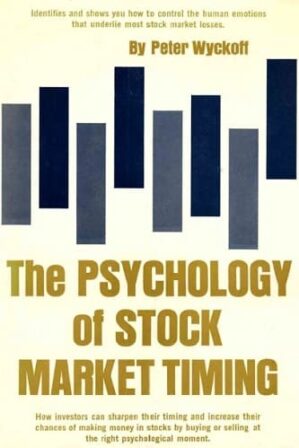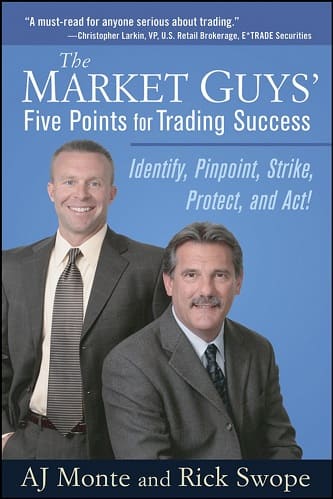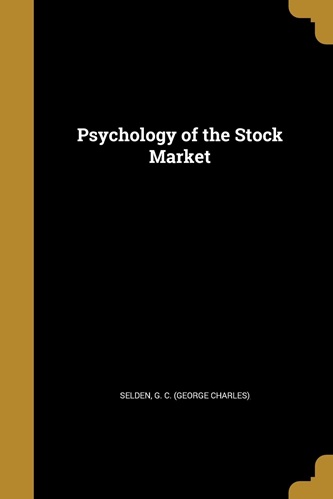Articles
Trading Chaos In Today’s Market By Justine Williams-Lara
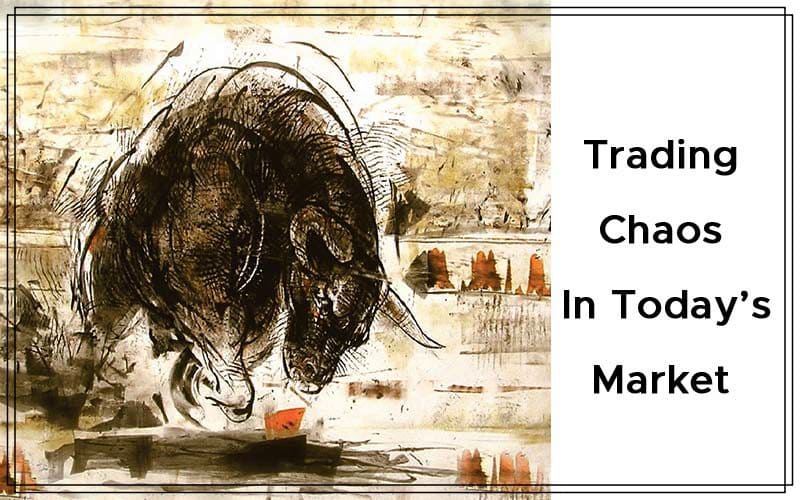
Trading the volatility of today’s markets has created a huge learning experience and a new way to navigate profitably through constant change. A holistic approach to trading may give you the edge you are looking for. Is this the trading opportunity of a lifetime or the
end of the American way?
Introduction
Trading Chaos, Bill Williams’ first book, theorizes that trading the volatility of today’s markets has created both a huge learning experience and a new way to navigate profitably through constant change. The entire global financial system is built on the presence of chaos in the markets. When there is stability in the world there is no change in price, no fear of war, we do not fret about the future, everyone has enough to eat, and people do not kill one another. However, in the world presented by the news media, there is massive political unrest, terrorism, boycotts, price controls, farm subsidies, lack of food, dwindling water supplies and energy sources, and the constant threat of war, all creating the feeling of unease about the future. Besides natural disasters, such fears and worries are what create most of the price fluctuations in the financial markets as well as the massive increase in volatility that has risen over the past several years.

When Bill Williams, my father, founded the Profitunity Trading Group in 1984, independent traders had to call their brokers to place an order, printed statements were mailed out monthly, and there were only a few charting systems and even fewer trading systems. The most information a trader could get was the price data, as you could not get statistics like volume, nor could you go look at a company’s income statement online. Further, a floor trader could go on vacation for a week and soybeans might have only moved a nickel, if that, during his absence.
Here we are 25 years later, with hundreds of charting systems to choose from along with thousands of trading systems. In the offices of most banks, hedge funds, and insurance companies, computer programmers are creating complex algorithms so they can trade against other computer programs, creating previously unheard-of amounts of daily share volume. Our technology has brought hundreds of millions of new traders into the markets, and it will continue to do so with further advancements in real-time data and charting systems.
UNDERSTAND THE MARKETS
Even with all of this technology, traders need to understand that the market is still based on human behavior and our perceptions about what is happening. While one person sees the buying opportunity of a lifetime, another sees the meltdown of the global financial system. Thus, it is primarily our perception that creates the value of any given object. The car you are driving is valuable to you because of the meaning you have attached to it. Whether you bought it yourself, or it was a gift from your grandmother, you are the one who determines its worth. The value is based on a multitude of factors — where you were born, what kind of home you lived in, what your first job was, who you married, and so on. The value of an object is whatever we think it is. Otherwise, we would just drive any old car and not go along with society’s ideas about what kind of car we should drive. While the differences in our individual perception can be subtle, they tell us why the markets are full of discrepancies in what we individually perceive to be valuable.
Then there are the daily news and financial programs on cable and network television. From the perspective of the layperson, the news reporters have created the illusion they are financial experts. The fact is, however, these reporters are only presenting the latest media alert they receive from their writers. During the September 2008 one-day 1,000-point crash of the Dow Jones Industrial Average (DJIA), CNN reporters were telling their viewers that this was an amazing buying opportunity!
That day those reporters became stock promoters as the markets continued to plummet, along with the value of their parent corporations and their own 401(k)s. Anyone who followed those reporters’ advice and bought into the market that day has probably not taken any more of CNN’s not-so-expert advice. Interestingly enough, those “experts” are not traders, nor do they likely follow their own advice. They get paid to present themselves as highly trained businesspeople so they can tell you where you should put your money. They earn their living by delivering words, not recommendations.
Since then, several of the stocks that made up the DJIA have been replaced while others continued their decline for nearly six more months, erasing trillions of dollars of wealth from the citizens of the US alone. The reporters issuing buy and sell recommendations are not your financial advisors. When a story makes it into the news, it has already happened or is happening. By the time the reporters are telling viewers to buy, the savvy investors have already sold and are looking for the next opportunity. This is why we trade the charts and not the latest financial news commentary.
Suggested Books and Courses About Trading Psychology
Anyone who thinks they can trade by watching the news to get their trading advice or by subscribing to a newsletter for recommendations will find that they won’t be trading for long. As we have seen during the past several years, the markets are not based on fundamentals; they are based on human behavior, which is based on belief, which is based on perception, which creates value. The markets are a reflection of the overall belief system of all the traders in the market at any given time. Charts reflect the markets. If the price is up, belief is up. If the price is down, belief is down. We don’t care which way the market goes, just as long as it does. With today’s 24-hour global markets, there is always something for traders to trade, which is also how a lot of traders get into trouble.
Through all of the recent financial bubbles of the past 25 years, which all had tremendous runups in prices with equally tremendous selloffs, most of the traders who rode those waves would agree that none were based on the fundamental aspect of trading. The biggest runups in prices can be attributed to market mania, which can also be attributed to the media’s participation in sensationalizing the events and creating a frenzy surrounding a rise (or fall) in prices.
But at the end of the day, it doesn’t matter how these bubbles happened. What does matter is that the age of fundamental trading has ended and the age of psychological trading has begun. With nearly a billion traders in today’s global markets, we have so much volatility on a daily basis because of all the combined beliefs of all the traders and their perceptions about what is happening around the world. With so many cultures, belief systems, and participants in today’s 24-hour global markets, we can expect to continue seeing changes and new arenas to trade in.
NO BIAS, NO BULL
This is why we suggest our students don’t watch the news or financial TV shows. We don’t read the newspapers and we don’t subscribe to any newsletters with trading recommendations. All we do is review our trading charts. With today’s markets, the charts tell us everything we need to know when we want to know it. In trading, our charts really are our best friends. They give us the insight we need without any additional bias. Within 10 seconds, we can make our trading decisions in any market that we can view with our charting software. If an entry signal is there and the capital is available, we place our trades based on our own analysis. We don’t need a talking head or a hot tip from a stock promoter to tell us what to do. All we need is a computer, our charting software, and a brokerage account and we are in business.
Trading can be a simple endeavor if you follow the rules and stick to the trading plan.
Of course, most of you may have these trading tools, but something is keeping you from feeling good about your trading. The most important thing keeping you from succeeding as a trader is not necessarily your trading decisions, but what you think about your trading. Once we get our beliefs and our behavior working together, we can effectively trade the system, not make decisions based on our beliefs about the system.
If you are enjoying your life, then you are most likely enjoying your trading. But if you are suffering in your life, then you are most likely suffering in your trading. This is because we project how we currently feel about ourselves into our trading lives. After working with thousands of students, we can usually tell who is going to be a successful trader and who is not, based on the language they use to describe their experiences. From emails, phone calls, and our private tutorials, we have learned that the most common problem that traders have is that they have overcomplicated their trading. As humans, we have a tendency to overcomplicate everything we touch. But trading does not need to be complicated.
Most of us have gone through our lives adjusting our beliefs to make it through whatever endeavor we are attempting. We learned this from the linear education that we received where A + B = C. But the markets are not linear; A + B does not always equal C. We cannot expect a linear trading system to work in nonlinear markets. In trading and in life it is often our innate ability to roll with the punches that creates a sense of satisfaction and the feeling that comes from making good decisions. If we follow the models created by our linear education and attempt to apply it to trading, then it does not work.
Whenever we apply our usual learned behaviors to our trading, we complicate something that should be simple. We look for confirmation about a decision that requires time to be confirmed. If we are wrong, then we doubt the system. But every system will have losing trades. The most important question for all traders is: Are you profitable in the long term?
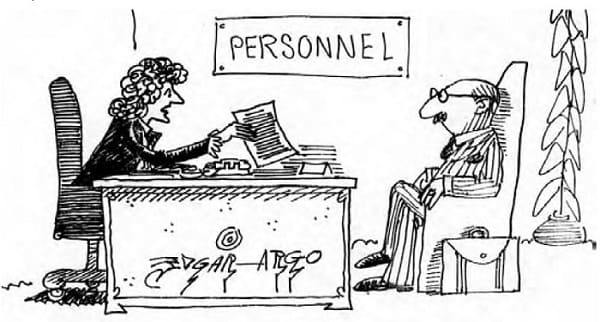
“Here, where it says: ‘reason for dismissal’…
I’ll need more than ‘sacrificial lamb.’”
FOLLOW YOUR PLAN
Trading can be a simple endeavor if you are disciplined, follow the rules, and stick to the trading plan. When the appropriate signal shows up, place your order and go on about your life. There is no need to second-guess the signal, check every time frame, or look for the latest media alert. Such activities take away from your ability to spot an opportunity and take quick action. When a hunter goes into the forest looking for food, he only takes what he needs. In trading we are hunting for an opportunity to earn a profit, which is what we need to survive. Bringing home a consistent profit in today’s markets requires a proven methodology, faith in the system, a strong sense of discipline, and the ability to follow through with your trading strategy. Here are five simple suggestions to help you trade:
- Use a trading system that fits with your trading style and personality
- Be patient and trust your intuition — wait for the signal to enter the market
- Analyze your risk/reward ratio before entering a trade
- Cut your losses early and let your profits ride
- The trend is your friend. Ride it out!
A HOLISTIC APPROACH
Like athletes, traders need to train themselves and become balanced, healthy and vibrant beings. Good health is a state of being that requires balance in not only the physical body, but also in the mental state and the emotional body. Well-balanced traders armed with the proper training, the proper equipment, and the proper frame of mind increase their potential to become world-class traders in their own right. In trading and in life, this is the training we need to be healthy and successful individuals.
Justine Williams-Lara, who is president of the Profitunity Trading Group, has been actively trading and teaching for 15 years in both the stock and commodity markets. She has trained more than 1,000 traders in the Profitunity methodology. She has been featured throughout the country, speaking and appearing at conferences by Futures Industry Association, TAG, Bridge, FIA, OmegaWorld, and the MoneyWatch Expo. She and her husband Marcus teach the Profitunity Trading methods and manage the business.

